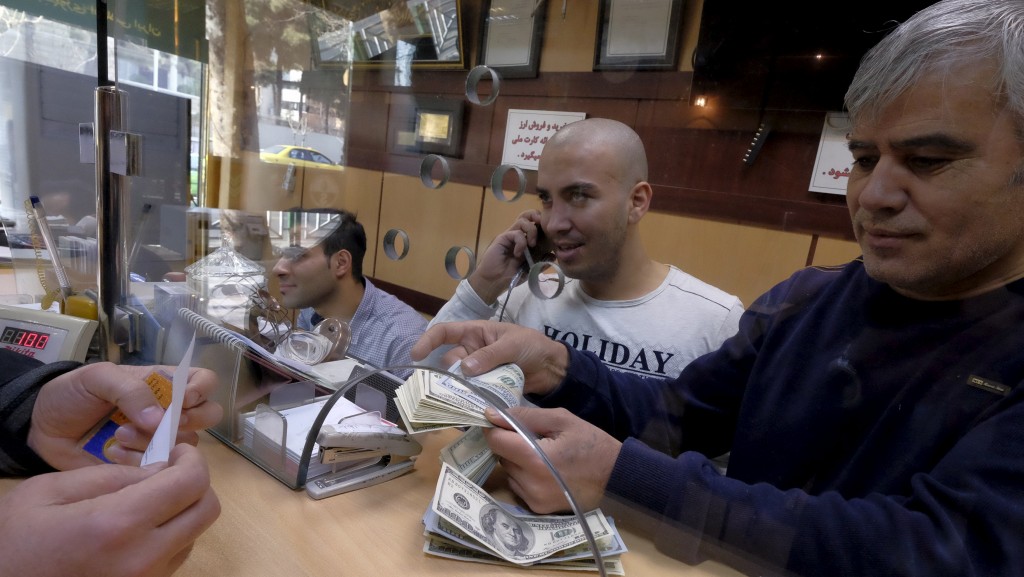The Central Bank of Iran has announced that it will hand a list of people who traded large amounts of foreign exchange in recent weeks to Iran National Tax Administration for further investigation.
“Investigations will address both direct and indirect involvement in the deals,” said Farshad Heidari, CBI’s deputy governor for banking supervision, without elaborating further.
The official added that the central bank has already sent a list of unruly foreign exchange operators to the law enforcement forces to pursue legal charges against them, CBI’s website reported late Wednesday.
Heidari noted that the move will reward law-abiding moneychangers.
Following the US dollar’s rally against the rial in recent weeks, the move is in line with CBI’s measures against forex market speculations, which the regulator has partly blamed for the dollar’s recent rise against the rial.
The US currency has recorded a significant growth against the rial in the past 30 days, with the latter reportedly losing 17% of its value against the greenback. The rial was quoted at 40,400 rials to the dollar on Thursday in the open market, the Association of Bureaux de Change Operators of Iran announced.
The central bank has repeatedly announced that rial’s weakening is temporary, mostly caused by speculation. Higher demand for overseas trips and the growth in Emirati dirham’s rate [important for Iranian importers] are mentioned as other contributing factors.
As per the law, moneychangers who purchase, sell or transfer currency without obtaining a license from the central bank are operating illegally and their actions constitute currency smuggling.
About 400 exchangers have been registered at CBI and received a license.
Regulations also require licensed moneychangers to keep a record of their daily operations in the SANA system. The system is developed by the Central Bank of Iran, mainly for supervising rates in the forex market.
SANA also announces the average daily rates of traded foreign currencies. The rate is usually lower than the real rate in the market. The highest rate recorded in the system is 41,142 rials to $1 for December 27, whereas the currency was at 41,500-41,800 rials to the dollar in the market.
Commenting on CBI’s recent attempts to revive the banks’ role in the forex market, Heidari said, “Recent improvements in the banking system would allow lenders to offer a wider range of forex services and meet businesses’ need for forex resources.”
Last week, CBI informed businesses to approach the banking system for purchasing foreign currency, noting that banks have been permitted to exchange foreign currencies at the market rate since July.
The operations of banks in the forex market would help prevent fluctuations, said the central banker.


